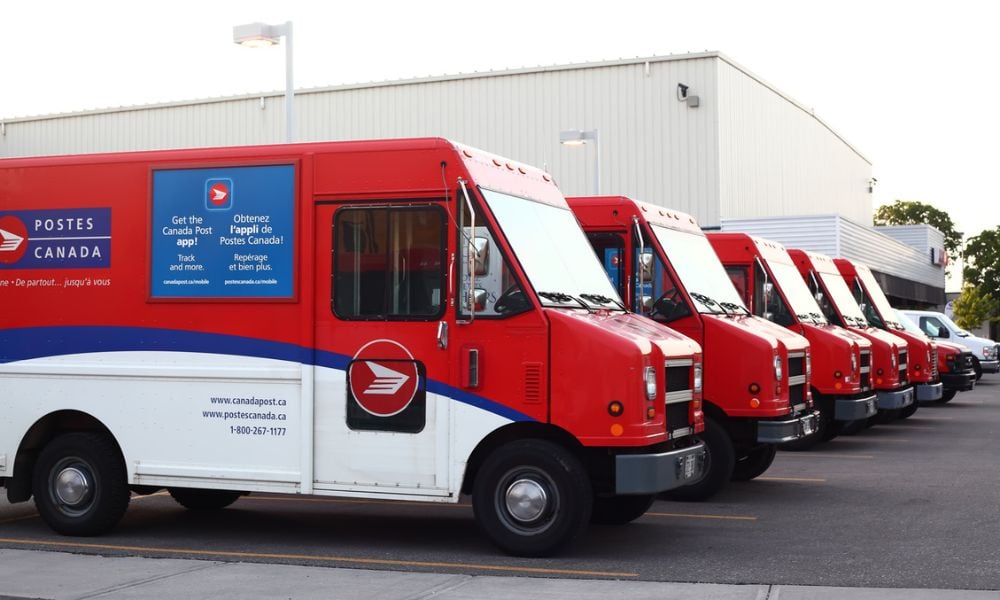From major industry changes to attracting employees to remote locations, mining is one of Canada’s biggest and most fast-paced industries. What is it really like working in the HR department of a mining company?
From the computer or portable device you’re reading this on to your coffee mug and the salt you put in your dinner, almost all our modern conveniences include material mined from the earth. HR professionals in the mining and natural resources industries earn almost 20% more than the national average, according to a 2013 HRPA salary survey.
What else goes on behind the scenes in one of Canada’s biggest industries?
“One of the major things is it’s a very cyclical industry ,” SAS goldmines VP of Human Resources Geoff Ramey told HRM. The changes prices in the commodity marker leads to 10 to 20 year cycles of downsizing and lower production, then increased prices, hiring and more productivity.
“So the challenge from an HR labour perspective is how do you ensure you’re not completely disconnecting people from the industry? You know that business is going to come back up… Things will come up quickly, and when they do, you need to ramp up quickly and take advantage.”
This also means HR needs a good crystal ball and a lot of preparation and planning for the future.
“The highly competitive labour market that we operate in is a challenge in terms of retention and attraction, but also industry demographics as a whole,” Suncor human resources advisor Caitlin Hardes said. “The industry is aging and we’re working to extract that knowledge and develop training programs.”
The remote locations, such as Fort McMurray where Hardes is based, can make attracting talent difficult, and mining companies don’t get to choose their locations. While pay can be a strong pull, in a competitive market it’s important to have more going on than just good salaries.
“As a smaller mining company it’s hard to stay competitive with bigger,” Ramey said. “Mining is traditionally well known for paying well but when commodity prices are down we can’t compete on costs so we start looking at other ways to compete.”
One of the ways SAS Goldmines has improved retention is to focus on finding and developing great managers. Based on the HR truism that people leave managers, not companies, SAS focuses on building manager quality and attracting, retaining and developing managers that people want to work for.
Recent growth, combined with a skills shortage due to the downturn in the market 15 years ago, mean that SAS Goldmines is also now promoting people faster than usual. One of Ramey’s tasks is ensuring those people have the support and skills they need for those roles.
“These are huge opportunities that people in other industries don’t necessarily see but the challenge for us to train those people,” he said. “They are strong individual contributors and we need to support those people.”
The company is also working to reduce the impact of the next downturn by making permanent intern positions, that won’t disappear in a downturn, which creates a funnel of talent into the industry to reduce future skills gaps.
Suncor is focused on expanding where the company looks for talent and is directly addressing some of the industry gender imbalance by supporting the Women Building Futures program, which helps women learn skilled trades and get work experience.
The company is also being more creative in job design, looking at what roles can be done remotely and different work structures such as fly-in-fly-out options, Hardes said.
One of the interesting things for those working in a remote location is the cooperation between different organizations – including competitors. Many mines have cyclical periods of intensive labour that require contract labourers so by cooperating on schedules mining companies in Fort McMurray can ensure that contract staff have work for more of the year, and that each company does not face work shortages at crucial times.
“Our biggest challenges are also our best opportunities,” Hardes told HRM. “We get the opportunity to be innovative in this industry because it’s such a strong business driver.”
What else goes on behind the scenes in one of Canada’s biggest industries?
“One of the major things is it’s a very cyclical industry ,” SAS goldmines VP of Human Resources Geoff Ramey told HRM. The changes prices in the commodity marker leads to 10 to 20 year cycles of downsizing and lower production, then increased prices, hiring and more productivity.
“So the challenge from an HR labour perspective is how do you ensure you’re not completely disconnecting people from the industry? You know that business is going to come back up… Things will come up quickly, and when they do, you need to ramp up quickly and take advantage.”
This also means HR needs a good crystal ball and a lot of preparation and planning for the future.
“The highly competitive labour market that we operate in is a challenge in terms of retention and attraction, but also industry demographics as a whole,” Suncor human resources advisor Caitlin Hardes said. “The industry is aging and we’re working to extract that knowledge and develop training programs.”
The remote locations, such as Fort McMurray where Hardes is based, can make attracting talent difficult, and mining companies don’t get to choose their locations. While pay can be a strong pull, in a competitive market it’s important to have more going on than just good salaries.
“As a smaller mining company it’s hard to stay competitive with bigger,” Ramey said. “Mining is traditionally well known for paying well but when commodity prices are down we can’t compete on costs so we start looking at other ways to compete.”
One of the ways SAS Goldmines has improved retention is to focus on finding and developing great managers. Based on the HR truism that people leave managers, not companies, SAS focuses on building manager quality and attracting, retaining and developing managers that people want to work for.
Recent growth, combined with a skills shortage due to the downturn in the market 15 years ago, mean that SAS Goldmines is also now promoting people faster than usual. One of Ramey’s tasks is ensuring those people have the support and skills they need for those roles.
“These are huge opportunities that people in other industries don’t necessarily see but the challenge for us to train those people,” he said. “They are strong individual contributors and we need to support those people.”
The company is also working to reduce the impact of the next downturn by making permanent intern positions, that won’t disappear in a downturn, which creates a funnel of talent into the industry to reduce future skills gaps.
Suncor is focused on expanding where the company looks for talent and is directly addressing some of the industry gender imbalance by supporting the Women Building Futures program, which helps women learn skilled trades and get work experience.
The company is also being more creative in job design, looking at what roles can be done remotely and different work structures such as fly-in-fly-out options, Hardes said.
One of the interesting things for those working in a remote location is the cooperation between different organizations – including competitors. Many mines have cyclical periods of intensive labour that require contract labourers so by cooperating on schedules mining companies in Fort McMurray can ensure that contract staff have work for more of the year, and that each company does not face work shortages at crucial times.
“Our biggest challenges are also our best opportunities,” Hardes told HRM. “We get the opportunity to be innovative in this industry because it’s such a strong business driver.”





